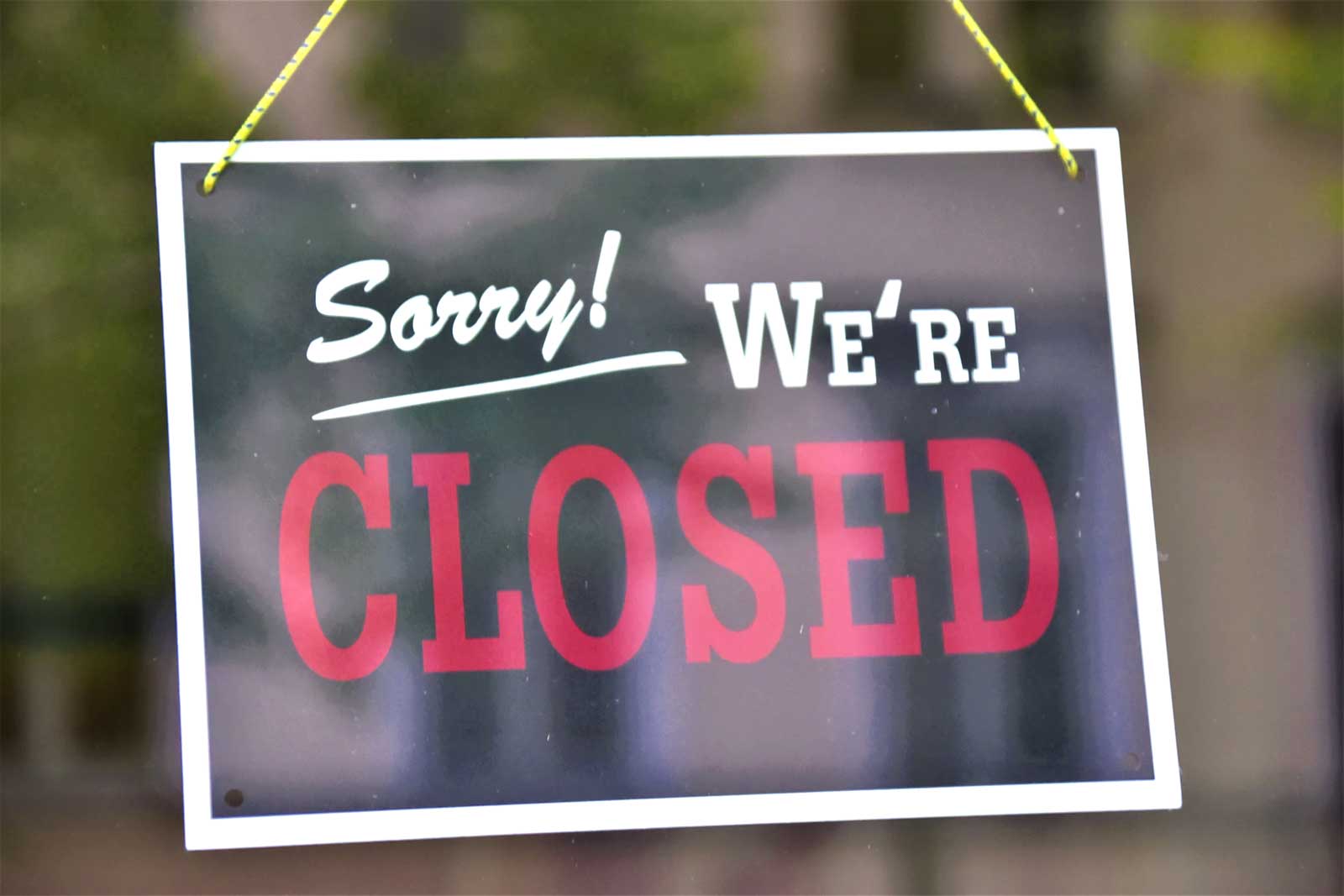This seems like a pretty simple question but the truth is that it’s hard to say what the exact failure rate is for restaurants. Most of the surveys and studies that are cited rely on old data and often conflict with each other. Type “restaurant failure rate” into a search engine box and you are likely to see results that rely on one of the following data sets:
- A 2003 American Express commercial which alleged that “90% of restaurants fail during the first year of operation.” This appears to have been created out of whole cloth by the AMEX ad agency and marketing department.
- A 2014 study by two UC Berkeley economists reported 17 percent of independently owned full-service restaurant startups failed in their first year.
- The National Restaurant Association estimate that a 30% failure rate is the norm in the US restaurant industry.
- Perhaps the most frequently cited statistic (see CNBC) which is from a 2005 study by Ohio State University claiming that 60% of restaurants do not make it past the first year, and 80% go under in five years.
In short, the numbers are all over the map and things became even cloudier in 2020 when Covid-19 caused a shutdown of businesses across the globe. By mid-year 2020 Yelp.Com reported that 60% of temporarily closed restaurants would not open again; they would become permanently closed.
It may be true that the failure rate for all restaurants nationwide is somewhat higher than it is for other retail and service establishments but there’s not a lot of hard data to prove that. Much of the evidence seems anecdotal and may be driven by the fact that launching and growing a successful restaurant takes a lot of hard work. The success and failure rates likely differ for independent, single location restaurants than for larger chain and multi-unit operators. Additionally, we’d expect the failure rates to vary a bit among the many different restaurant categories and formats.
One problem with many of the studies and statistics that get publicized is that they are not good at explaining what a “failure” means. For instance, restaurants that are sold or change ownership should not be categorized as “failure” but sometimes they are. Some establishments close not because of failure but due to retirements, family dynamics or even to rebrand or change formats.
Whatever the true restaurant failure rate may be, it’s no secret that that starting a restaurant and keeping the doors open is fraught with complications. Novices can incorrectly believe that it’s a business with low barriers of entry only to later learn that margins are low while labor and capital costs are high. Competition is fierce and experience usually wins the day.
Success in the restaurant biz takes a lot more than being able to cook a decent meal. Today’s restaurateur needs to be a multi-disciplinarian who knows how to raise money, find (and keep) great employees, scout the best locations and consistently attract fickle diners. Then there’s the day-to-day task of managing the back of the house and the front of the house all while keeping food and labor costs in line. Failure in any one discipline can turn any restaurant into a failure – even if the statistics are hard to pin down.

